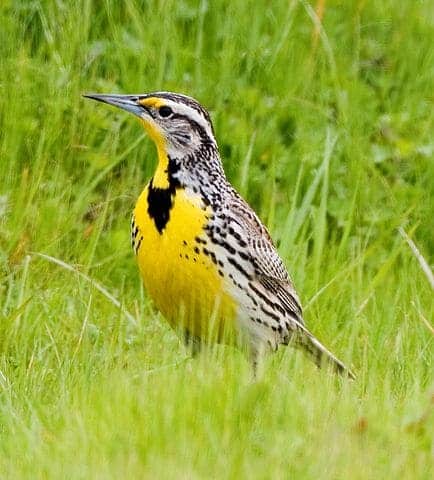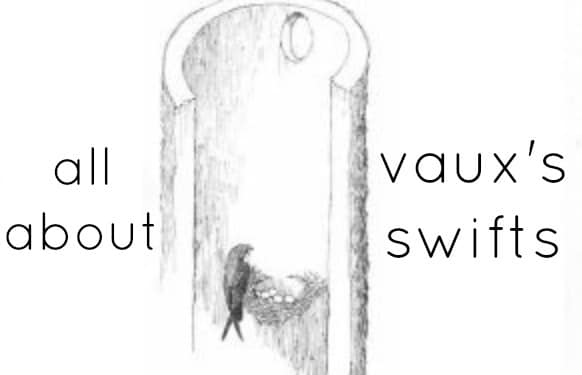
Environmental Education
bird migration
Grade: 4-6
Duration: 65 Minutes
Location: Home, Classroom, Gymnasium, Yard
Materials:
● Masking/Painter’s Tape
● Chairs
● Plastic Wrap
● Poker Chips/Pennies
● Paper and writing utensils
● Vaux’s Swift Handout
Preparation:
● Review Background Information & Vaux’s Swift Information Sheet
● Print out or have the Vaux’s Swift Information Sheet available to read on a computer/tablet for student(s)
● Set up the initial migration course using pennies and tape
● Add and remove items to the course as needed according to lesson instructions
Objectives: Students will
● Identify challenges and resource needs that Vaux’s Swifts face during migration by reviewing an information handout.
● Reenact swift migration and resource changes over time by roleplaying as a flock of swifts through a migration obstacle course.
● Assess the changes in resources and its effects on the swift migration by graphing the results of the obstacle course rounds.
● Brainstorm new ideas to maintain resources for swifts during migration in a group discussion.
Cool Facts:
- Vaux’s spend the majority of their lives flying, rarely perching.
- Vaux’s Swifts are pamprodactyl, meaning all 4 of their toes face forward which act as anchors for hanging in chimneys and snags.
- The oldest Vaux’s Swift recorded was found in Oregon at 7 years old.
- Vaux’s Swifts eat 1/3 of their body weight in insects and spiders daily.
Migration:
- Fall migration is from Late August to Early October.
- Vaux’s Swifts migrate from British Columbia and the Northwest United States to Southern Mexico, Guatemala, and Honduras.
- Vaux’s Swifts return in the Spring from April to May.
- At night, flocks roost together in old growth snags (dead, hollow trees) and chimneys for warmth and protection.
- During peak migration, Hedrick Middle School has had over 3,100 swifts roost in its chimney in one night.
Breeding:
- Vaux’s Swifts breed from June to August. They typically lay 6-7 eggs.
- Nests are built inside snags or chimneys and are made out of broken twigs and sticky saliva produced by the swifts.
- Both parents incubate the nest and raise young. A breeding pair may also have one or two adult helpers.
Conservation:
- Vaux’s Swift populations have been in decline since the 1980s.
- Roost sites and nesting sites are decreasing due to human use of old growth forests and the capping or removal of older chimneys.
- By monitoring swifts during migration and supporting more research, we can improve our knowledge about swifts and how to protect their populations for the future


